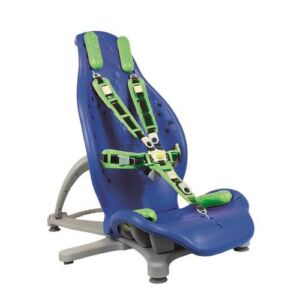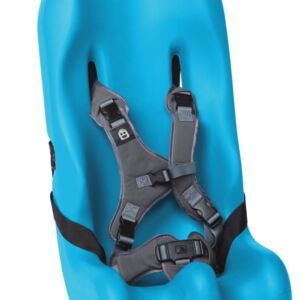wrist brace wrist splint for hand and forearm with thumb WHOSP – FT DRQF0D
Kod produktu: i9565
Use it in accordance with the instructions for use or the label.
INDICATE:
- diseases of the wrist, hand and fingers, requiring support and stabilization in certain corrective settings
- Surgery
- rheumatoid arthritis (RA)
- neurological changes (spasticity)
- peripheral nerve and CNS damage (with limb paralysis)
- after wrist and forearm injuries
- tendon damage and inflammation
- carpal tunnel syndrome
- acute or chronic inflammation of the wrist or metacarpal bones
- prevention of contractures
- dislocation of the wrist joint
- neurological disorders of central or peripheral origin
- bone fractures that do not require plaster casts
- wrist pain syndromes
- postoperative supplies, after surgery (orthopaedics, rheumatology)
PRODUCT FEATURES:
- plastic splint for hand and forearm
- lightweight aluminum-steel frame covered with Eva foam
- soft padding with finger separator, with removable option
fixing the product on the upper limb using three wide forearm straps,
with Velcro fastening
- from the top stabilization with a soft tape pressing the fingers of the hand to the rail
- size determined in centimeters based on the measurement of the width of the hand at the height of the metacarpophalangeal joints
- left and right version
PRODUCT ADVANTAGES:
- the ability to precisely adjust to the patient’s body and change these settings as the treatment progresses, without the use of tools or heat thanks to the lightweight alumion-steel frame, covered with plastic EVA foam
- interdigital separators prevent overlapping fingers and reduce pain caused by mutual pressure, additionally protecting them against abrasions and helping to keep the fingers in the correct position
- plasticity of the splint allowing adjustment of the adduction and hand visit
- easy to put on and remove the rail, thanks to wide tapes with velcro at the ends, which allows you to maintain proper hygiene by washing and maintaining the product
Spastic paralysis of the muscles of the hand is the result of damage to the elements of the nervous system that control motor activities. The balance between the excitatory and inhibitory activity of the brain and the reflex activity of the spinal cord is disturbed. This leads to excessive muscle contraction due to small stimuli (i.e. light touching of the patient with bedding or hand). Spasticity is often a birth defect of MPD, or cerebral palsy, as well as a consequence of strokes and injuries.
Treatment is not easy. It consists mainly in reducing muscle tone. Very important, apart from pharmacology and rehabilitation, is passive treatment with the help of a plastic orthopedic splint, aimed at inhibiting further progression of the disease.

MDH
In the online store








